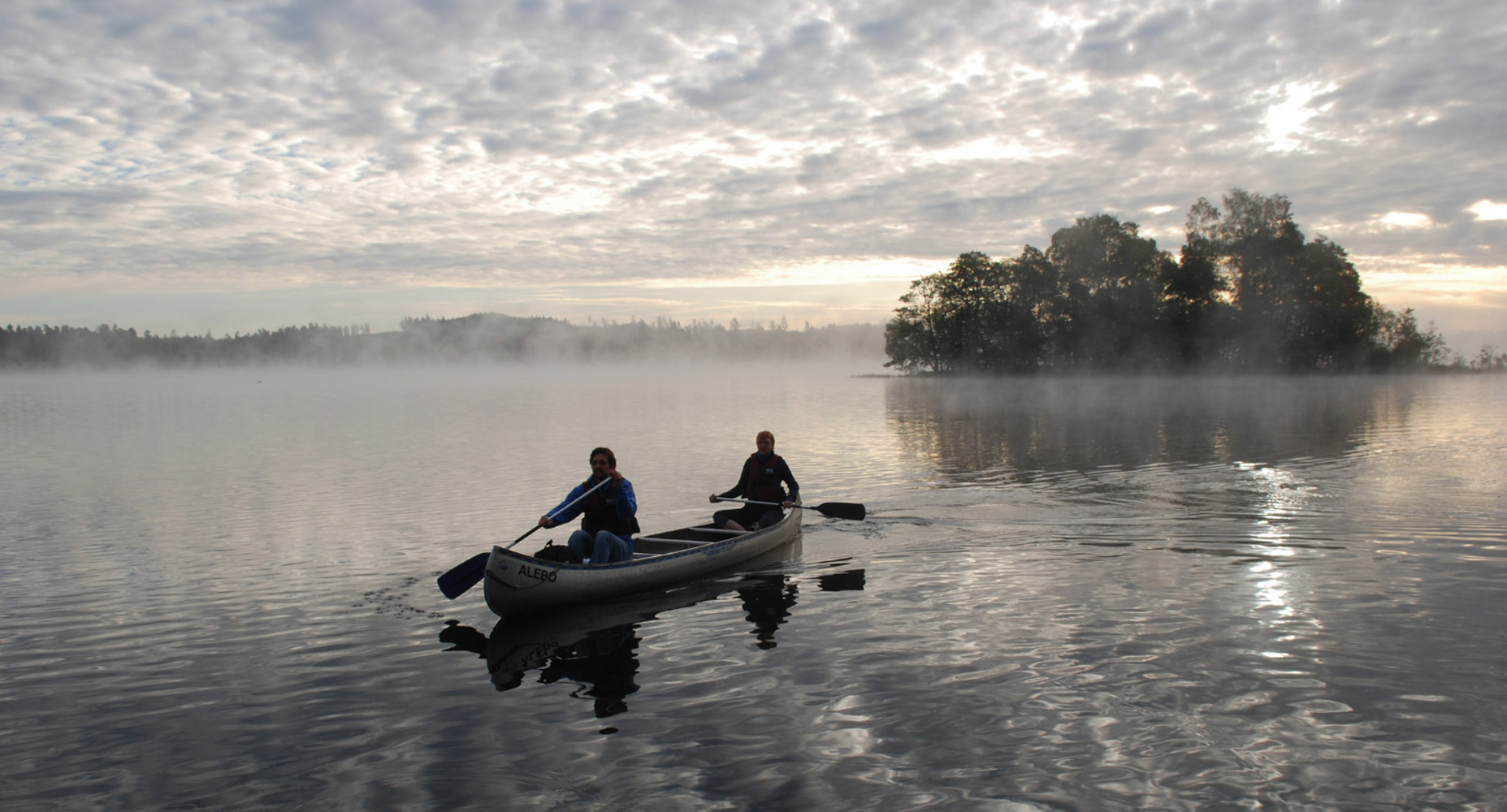

he project describes which technologies and technology mix may be used in the Danish energy system (including the transport sector) to reach the future greenhouse gas reduction targets of 30-40 per cent in 2020 and 60-80 per cent in 2050 in a cost-effective way.
The analyses use e.g. the scenarios and scenario tools developed in connection with the project “The Future Danish Energy System” of the Danish Board of Technology.
The models used for the analyses are open to the general public and available by contacting Ea Energy Analyses or Risø DTU. The analyses were made by means of the STREAM modelling tool.
The project was carried out in cooperation with Risø DTU for the Danish Environmental Protection Agency and later the Danish Energy Authority (now the Danish Energy Agency) from fall 2006 to February 2008.
”Danish Greenhouse Gas Reduction Scenarios for 2020 and 2050”
– Report in English. Includes a Danish summary.
The preface reads as follows:
In the autumn of 2006 and the spring of 2007, Ea Energy Analyses and Risø DTU
developed a number of greenhouse gas emissions reduction scenarios for Denmark for
2020 and 2050 for the Danish Environmental Protection Agency (DEPA).
During the autumn of 2007 and January-February 2008 the scenarios have been
revised, primarily in order to coordinate the assumptions of the reference projections
for 2020 with the Danish Energy Authority. These adjustments have been made in a
close collaboration with DEPA and the Danish Energy Authority.
The work was carried out by the following team:
– Kenneth Karlsson, Risø DTU
– Kaj Jørgensen, Risø DTU
– Jesper Werling, Ea Energy Analyses
– Helge Ørsted Pedersen, Ea Energy Analyses
– Anders Kofoed-Wiuff, Ea Energy Analyses
The work has been followed by a project steering group with representatives from
Danish Environmental Protection Agency, Danish Energy Authority and Danish
Ministry of Finance.
The consultancy report is made by Ea Energy Analyses and Risø DTU, which are the
only responsible for possible errors and omissions and for the method, analysis,
assessments and conclusions in the report.

Find information about one of our projects in Türkiye here.